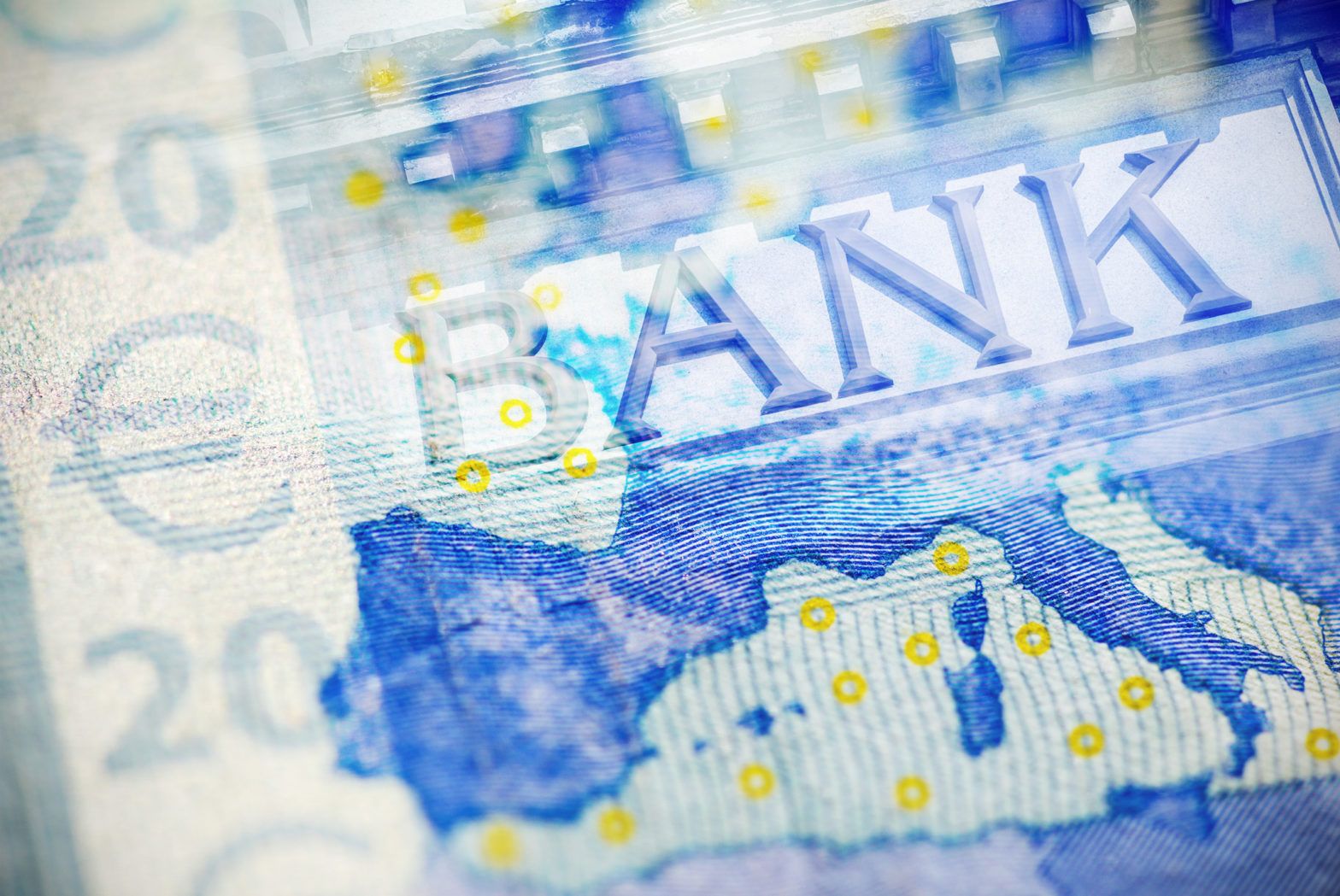Many European investors are understandably cautious on Italian banks this year following the election the country’s populist government.
The Eurosceptic coalition – led by the anti-establishment Five Star Movement and the far-right League – has repeatedly clashed with the European Union over its spending plans amid concerns over the country’s vast debt burden which has led to volatile spikes in sovereign bond yields.
This month, Italy’s central bank sounded the alarm over rising bond yields, warning that they could cost the nation billions a year in additional interest payments on its debt which could undermine the stability of the country’s banking sector.
However, Tristan Hanson, a fund manager at M&G Investments, said Italian banks actually represent an excellent value proposition at the present time
M&G’s multi-asset Global Target Return fund has stakes in a number of Italy’s largest lenders.
“There are challenges, of course, but these are very attractive levels to own Italian banks,” Hanson said. “Although there are clearly risks to the situation.”
The larger Italian banks – such as Intesa Sanpaolo, UniCredit, Mediobanca and Banca Popolare di Milano – are trading on average PE multiples of about 7x forward earnings, Hanson said. The same banks were trading at 10-12x forward earnings before Italy’s general election in March. Price-to-book forward metrics are also extremely depressed.
“In terms of the earnings progression there are some areas of concern but if you look at a rolling 12-month forward basis it’s not bad at all,” he added.

Bond spread worries
The issue of Italian bond spreads has been hanging over the country’s financial sector since the election.
The Italian government has pushed for a budget deficit of 2.4% of GDP, bringing it into direct conflict with the EU’s fiscal rules, but it has since backtracked and is now tweaking its spending plans.
The spread between Italy’s 10-year government bond and the German Bund had reached a peak of 350 basis points in October but has since dropped to 288 basis points.

“The main pressure that is forcing the Italian government to back down is coming from the market rather than the European Commission,” Hanson said.
“To a certain extent, the current crisis is self-imposed. The Italian government has shot itself in the foot with its rhetoric around the deficit. There has been no contagion to other countries and the cost of borrowing has gone up which is not good for Italy. You don’t need to be a rocket scientist to realise it’s not been a good strategy and the Italian government now seems to realise that.”
Staying in the eurozone
A far more pressing concern for investors is whether Italy will leave the eurozone, which was hot topic during the election campaign. However, on this issue too, the coalition has shifted position.
Deputy prime minister Luigi Di Maio said in November that the government would “tattoo ourselves” to assure the investment community that it did not want to leave the eurozone.
“The reality is that Italy does not have a lot of autonomy around its fiscal policy – there are rules in place. Even proposing a 2.4% budget deficit has caused bond spreads to rise to levels they are uncomfortable with so it’s obviously best to avoid any talk about leaving the euro,” Hanson added.
Addressing NPLs
Another issue that has fuelled concerns about the banking sector has been non-performing loans (NPLs).
More than €185bn of NPLs were outstanding in Italy at the end of 2017, the most for any country in the European Union. However, Italy has also been slowly addressing this issue.
The GACS scheme was introduced in 2016 to help the country’s banks offload their bad loans by providing an Italian government guarantee to senior tranches of NPL securitisations.
Last year, UniCredit conducted a sale of NPLs under the scheme and Banca Popolare di Milano has also reduced its stock of NPLs.
Interest rate boost
An additional boost to Italian banks could come from a rise in interest rates by the European Central Bank.
The ECB has kept rates at record low levels over the last four years as it pumped billions of euros into the economy through its asset-buying programme, but as quantitative easing draws to a close the central bank is expected to raise rates towards the end of next year.
If the ECB does raise rates then Italian banks – which are heavily-geared – could be big beneficiaries, Hanson said. “The ECB’s quantitative easing programme has created vast reserves of excess deposits so if rates go into positive territory it would be a huge boost to their earnings,” he said.
Valuations and fundamentals
GDP growth in Italy fell to zero in the third quarter, amid uncertainty over the government’s standoff with the EU. Growth is expected to slow to 0.9% in 2019-20, according to the OECD.
“Italy has got a growth problem,” Hanson added. “But it is growing, and the unemployment rate is coming down.”
Italy’s unemployment rate stood at 10.1% in September – down from 13.1% four years earlier.

“As the situation with the Italian government stabilises you get back to valuations and fundamentals – and underlying valuations of Italian banks are extremely depressed,” Hanson said.
“The fundamentals remain mixed. But if sentiment improves around sovereign spreads and then the ECB raises rates then Italian banks earnings could go up substantially.”







